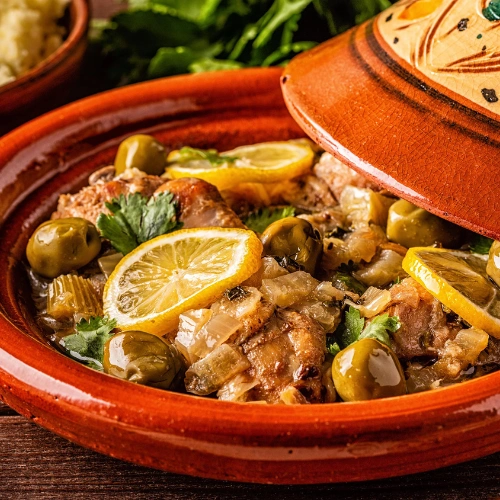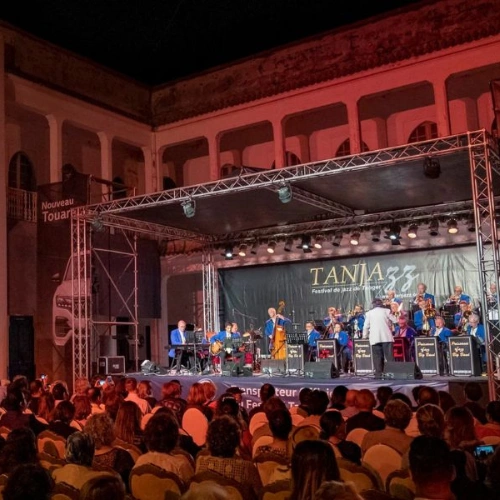
Morocco’s Enchanting Northern Port : Tangier
Discover Tangier :
Tangier, located at the crossroads of Europe and Africa, is a city rich in history and allure. Once a haven for spies and artists, today it blends its fascinating past with vibrant modernity, making it a must-visit destination.
Architecture Highlights :
Tangier’s architecture tells tales of centuries gone by. Explore:
-
- Tangier Kasbah: A historic fortress offering breathtaking city views.
- Grand Socco: A lively square pulsating with energy.
- Cap Spartel: The dramatic gateway to the Straits of Gibraltar.
- Caves of Hercules: A legendary spot steeped in myth and beauty.



A Culinary Symphony :
Tangier’s gastronomy is a celebration of Moroccan and Mediterranean flavors:
- Local dishes: Enjoy tajines, couscous, and rfissa.
- Coastal delights: Feast on delectable seafood along the Mediterranean coast.
- Traditional favorites: Savor comforting harira and the sweetness of pastilla.
Festivals & Music :
Immerse yourself in Tangier’s vibrant cultural scene:
- Tanjazz Festival: A lively celebration of jazz and art.
- Tangier International Film Festival: Showcasing global cinema.
- Literary Festivals: Discover the city’s literary legacy through inspiring events.
Let the melodies of Moroccan tunes and contemporary beats guide your exploration.








Explore Beyond Tangier :
Discover the treasures of the surrounding regions:
- Chefchaouen: The Blue Pearl with its serene charm.
- Tetouan: A UNESCO World Heritage medina.
- Assilah: A coastal town brimming with artistic flair.
Unique Experiences :
- Guided Tours: Uncover Tangier’s secrets and history in your language.
- Cooking Classes: Master Moroccan culinary traditions with local chefs.


